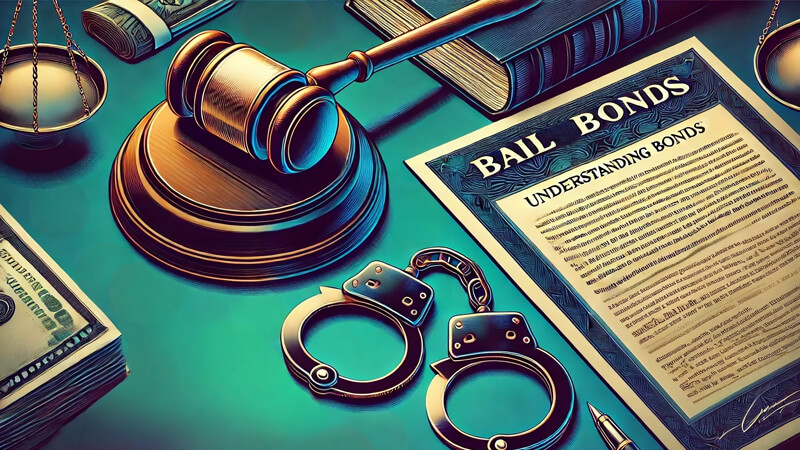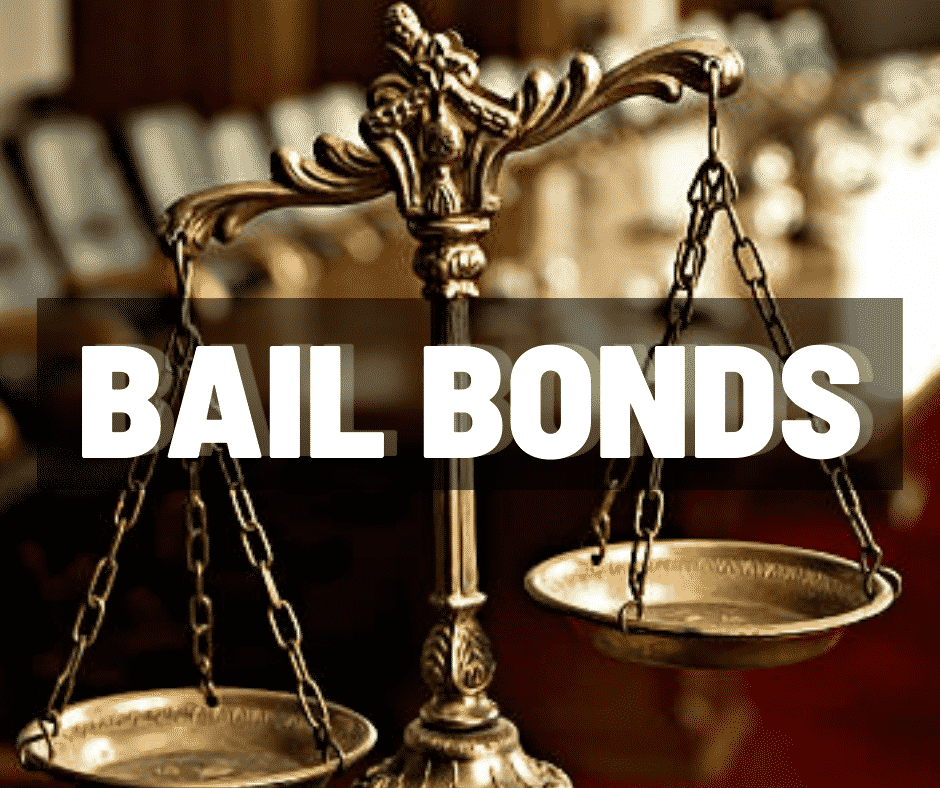1 Percent Bail Bonds: An Economical Solution for Your Bail Demands
1 Percent Bail Bonds: An Economical Solution for Your Bail Demands
Blog Article
The Role of Bail Bonds in the Criminal Justice System
Bail bonds work as a crucial device within the criminal justice system, facilitating the launch of accuseds while guaranteeing their commitment to show up in court. This system not just reflects the assumption of virtue yet likewise addresses pressing issues such as prison overcrowding and the inequities faced by low-risk people. The financial ramifications and possible risks associated with bail bonds increase vital concerns regarding their total efficiency and fairness. As we check out these complexities, the ramifications for offenders and their families come to be progressively substantial. What might this mean for the future of justice?
Comprehending Bail Bonds
What function do bail bonds play in the criminal justice system? Bail bonds work as an essential system that allows offenders to safeguard their launch from custody while awaiting test. This system offers an economic warranty that the implicated will certainly show up in court as required. The bail bond process usually entails a third-party company that consents to pay the full bail quantity in behalf of the offender, charging a non-refundable fee, usually around 10%.
Comprehending bail bonds is necessary for understanding just how they influence both defendants and the justice system. They help reduce jail overcrowding by permitting people who may pose a marginal trip danger or threat to public safety to remain cost-free while their situation is pending. This principle maintains the anticipation of virtue, guaranteeing that individuals are not unjustly punished prior to a decision is reached.
Moreover, bail bonds can likewise have significant economic effects for accuseds and their family members. The charges charged by bail bond firms can strain resources, specifically for lower-income individuals. The bail bond system is an intricate interplay of lawful, economic, and moral considerations that reflects wider social values pertaining to justice and private rights.
The Bail Refine Explained
The bail process includes a number of key actions that facilitate an accused's release from protection while guaranteeing conformity with court looks. An offender is apprehended and booked, at which point a bond hearing is usually scheduled. Throughout this hearing, the judge figures out the relevance of bail based on aspects such as the nature of the criminal activity, the defendant's criminal history, and the prospective flight threat.
If bail is provided, a representative or the offender can either pay the complete bail amount in cash money or safeguard a bail bond via a licensed bail bondsmansman. The bail bondsman bills a non-refundable fee, usually a percentage of the overall bail, for guaranteeing the court that the defendant will stand for all arranged hearings.

Effect On Accuseds and Families

In addition, when an offender is unable to safeguard bail, family members commonly face the difficult truth of long term splitting up. This disruption can affect household dynamics, causing sensations of isolation and helplessness. Children, in certain, might battle to understand their parent's lack, which can better exacerbate psychological difficulties within the home.
Additionally, the burden of securing bail can develop tensions within families, as they might require to make tough decisions relating to funds. The pressure to elevate funds for bail can stress partnerships, in some cases resulting in conflict or feelings browse around here of animosity. On the whole, the bail procedure not only affects offenders' lawful situations yet likewise resounds throughout their household structures, highlighting the far-ranging effects of this critical aspect of the criminal justice system.
Financial Implications and Threats
Offenders' monetary scenarios typically face substantial stress because of the bail procedure, which can impose substantial prices and dangers. When individuals are incapable to pay bail outright, they regularly transform to bail bond agents, that bill a non-refundable premium, commonly around 10% of the bail amount. This cost can produce a prompt monetary burden, drawing away funds that might or else sustain the offender's household or cover important living expenditures.
Furthermore, using a bail bond can cause further economic ramifications. If the offender falls short to appear in court, the bail bond representative may look for to recoup the full bail quantity from the individual or their co-signers, possibly bring about severe financial consequences, consisting of garnished incomes or loss of security. Cheap Bondsman. The anxiety of these financial dangers can exacerbate the already difficult conditions surrounding a criminal charge
Additionally, for several accuseds, specifically those from lower-income backgrounds, the bail procedure might cause long term periods of pretrial detention if they can not manage a bond, resulting in shed employment and earnings. This cycle of economic pressure highlights the significant economic threats related to the bail system within the criminal justice structure.
Current Disputes and Reforms
Numerous debates surrounding the bail system have arised over the last few years, focusing on its equity and efficiency within the criminal his explanation justice framework. Critics argue that the present system overmuch influences low-income people that can not manage bail, resulting in pretrial detention and worsening social inequalities. This has actually sparked discussions on the need for reforms that prioritize fairness and justice.
In reaction, a number of territories have actually presented legal modifications aimed at removing cash money bail entirely or executing danger evaluation tools to establish pretrial launch eligibility. Advocates for reform insist that such steps can decrease overcrowding in jails and decrease the overall prices connected with pretrial detention. Nonetheless, opponents express problems regarding the integrity of threat analyses and the capacity for racial predisposition in their application.
Additionally, the conversation includes the duty of bail bond firms, which some deem exploitative. Ask for increased guideline or complete abolition of bail bonds are gaining traction, reflecting an expanding movement towards an extra fair criminal justice system. As these debates continue, the focus remains on stabilizing public security with the legal rights of individuals implicated of criminal activities, highlighting the continuous demand for reform in the bail system.
Conclusion
Finally, bail bonds serve as a crucial system within the criminal justice system, assisting in the launch of accuseds while guaranteeing their appearance at trial. By supplying an option to money bail, bail bonds reduce prison congestion and advertise an extra equitable lawful process for low-risk people. Continuous discussions and reforms surrounding bail practices highlight the need for continuous analysis and adaptation of the system to balance public safety, specific legal rights, and financial ease of access.
Bail bonds serve as an essential mechanism within the criminal justice system, facilitating the release of offenders while guaranteeing their dedication to appear in court. The bail bond procedure commonly involves a third-party company that agrees to pay the full bail quantity on part of the defendant, billing a non-refundable charge, normally around 10%.
When people are not able to pay bail outright, they regularly transform to bail bond representatives, who bill a non-refundable costs, normally around 10% of the bail quantity. If the accused falls short to appear in court, the bail bond agent might look for to recover the complete bail quantity from the private or their co-signers, potentially leading to severe economic effects, consisting of garnished wages or loss of security. By giving an option to cash money bail, bail bonds reduce prison overcrowding and advertise a much more fair lawful procedure for low-risk people.
Report this page